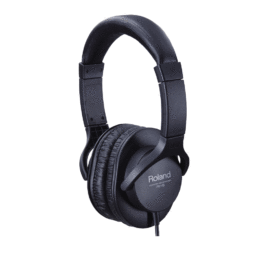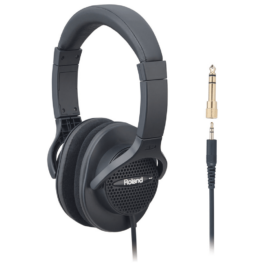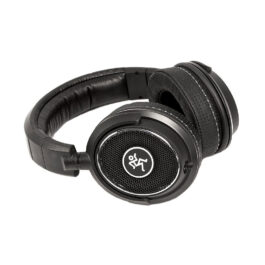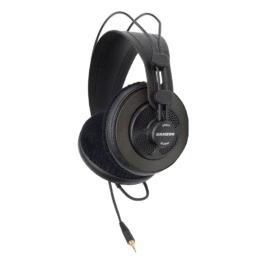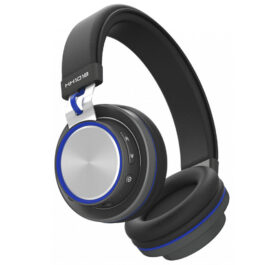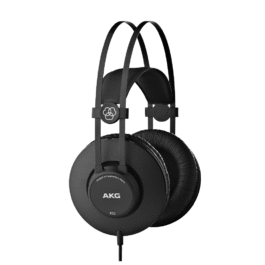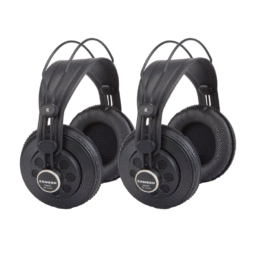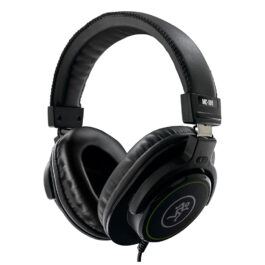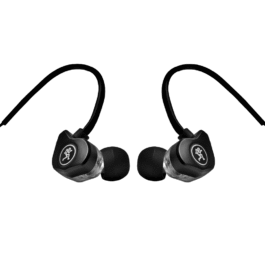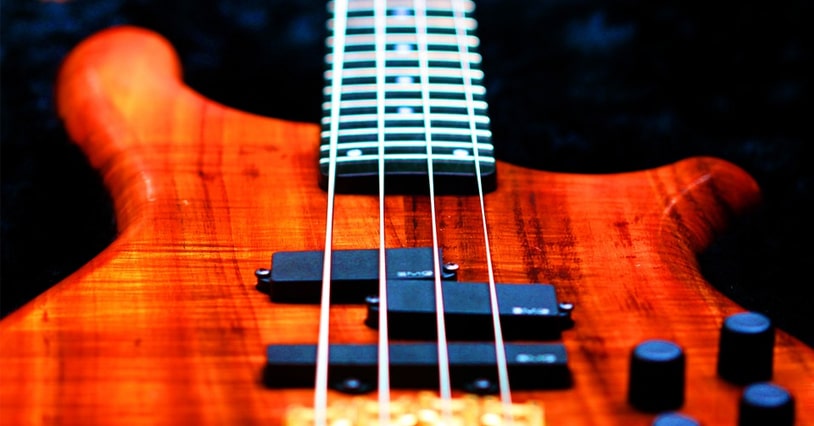Headphone shopping… a daunting task at the best of times. When choosing your next set of headphones, you’re choosing the means by which you’ll hear most of your music for at least the next few years, so it’s certainly something you want to get right.
There are many factors to take into account when choosing the pair for you – frequency response, comfort, durability etc. But arguably the most important decision, and the primary dividing line between the two main types of headphones, is “Closed-Back” vs. “Open-Back”.
These are two fundamentally different designs and have a massive impact on the way a set of headphones works and responds. So understanding the difference and which best suits your personal use-case is incredibly important.
We’re going to break down these basic differences, and the common use-cases for each!
Closed-Back Headphones

Closed-Back are the most common type of headphones, fundamentally what it means is that the ear cup is totally sealed off and does not allow sound to pass through. This means that any audio other than what is being produced by the headphone is blocked out.
While this does result in less natural sounding audio, the bass response receives a considerable boost thanks to the isolation.
Closed-Back use cases
Good isolation is what makes these the most common headphones. Whether you’re travelling, sitting at an office desk, or in any loud space, the isolation will allow you to hear your music with comfortable clarity.
Closed-Back headphones also make excellent recording monitoring headphones. The effects of isolation does work both ways, which means none of the headphone audio will bleed into the space around you. this is incredibly important when recording in studio with microphones. The last thing you want is a feedback loop caused by headphone bleed into your mics.
A few examples...
-
Birthday Sale Deal!
- Headphones, Recording Headphones, Studio & Recording
RØDE NTH-100 Professional Over-Ear Headphones
-
R4,895R3,915FREE DELIVERY - Select options
-
Birthday Sale Deal!
- Headphones
Roland RH-5 Multimedia Headphones
-
R1,295R905FREE DELIVERY - Select options
-
Birthday Sale Deal!
- Headphones
Roland RH-300 Monitor Headphones
-
R5,995R4,195FREE DELIVERY - Select options
-
Birthday Sale Deal!
- DJ Headphones, Headphones
V-MODA Crossfade M-100 Master Headphones – Matte Black
-
R8,595R6,445FREE DELIVERY - Select options
Open-Back Headphones
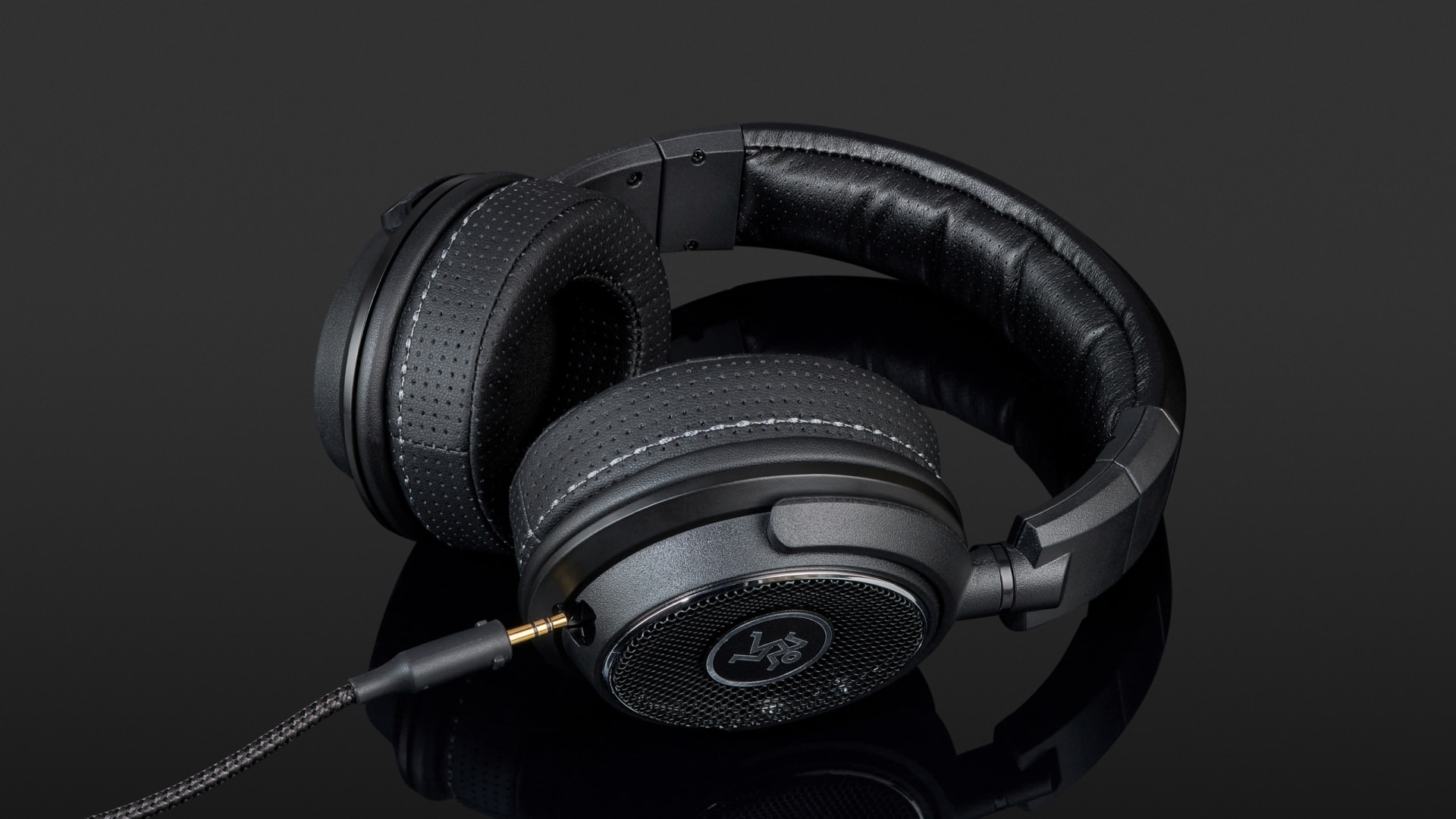
Open-Back headphones, as the name suggests, are open around the ear cups, allowing air to pass through from the rear of the speaker driver. This does an excellent job of minimizing resonances and low-frequency build-up caused by the rear enclosure.
The end result of this is a far clearer and more natural sound. This does however come at the expense of isolation, meaning that open-back headphones are not well suited to loud environments.
Open-Back use cases
Open-Back headphones provide the most natural sound one can expect out of headphones, for this reason they are absolutely excellent for critical listening, audio mixing, or just listening to excellent sounding audio in a quiet space.
It is important to note that open-back headphones are not well suited to recording monitoring for the exact inverse reason closed-back headphones excel. If you are monitoring in a room full of microphones, you are certain to at the very least pick up bleed, and potentially even feedback.
A few examples...
-
Birthday Sale Deal!
- Drums & Percussion, Keys & Pianos, DJ & Beat Production, DJ Headphones, Headphones
Roland RH-A7 Monitor Headphones – Black
-
R3,295R2,305FREE DELIVERY - Select options
-
Birthday Sale Deal!
- Studio & Recording, Recording Headphones, Headphones
Mackie MC-450 Professional Open-Back Headphones
-
R7,395R5,010FREE DELIVERY - Select options
-
Birthday Sale Deal!
- Headphones
Samson SR850 Studio Headphones
-
R1,395R818FREE DELIVERY - Select options
Armed with a little bit of knowledge, the right set of headphone can change the way you interact with music.
Browse headphones...
-
Birthday Sale Deal!
- Headphones
Roland RH-5 Multimedia Headphones
-
R1,295R905FREE DELIVERY - Select options
-
Birthday Sale Deal!
- Headphones
Samson SR850 Studio Headphones
-
R1,395R818FREE DELIVERY - Select options
-
Birthday Sale Deal!
-
Birthday Sale Deal!
- Headphones
AKG K52 Closed-Back Studio Headphones
-
R1,495R1,120FREE DELIVERY - Select options
-
Birthday Sale Deal!
- Live Sound, Amplifiers, Live Sound Accessories, Studio & Recording, Headphones
Mackie HM-4 4-Way Headphone Amplifier
-
R975R925FREE DELIVERY - Select options
-
Birthday Sale Deal!
- Headphones
Samson SR850 Studio Headphones – Twin Pack
-
R1,995R1,198FREE DELIVERY - Select options
-
Birthday Sale Deal!
- Studio & Recording, Recording Headphones, Headphones
Mackie MC-100 Professional Closed-Back Headphones
-
R795R735FREE DELIVERY - Select options
-
Birthday Sale Deal!
- Headphones, Recording Headphones
Mackie CR-BUDS+ Pro Fit Earphones with Mic & Control
-
R899R850FREE DELIVERY - Select options



